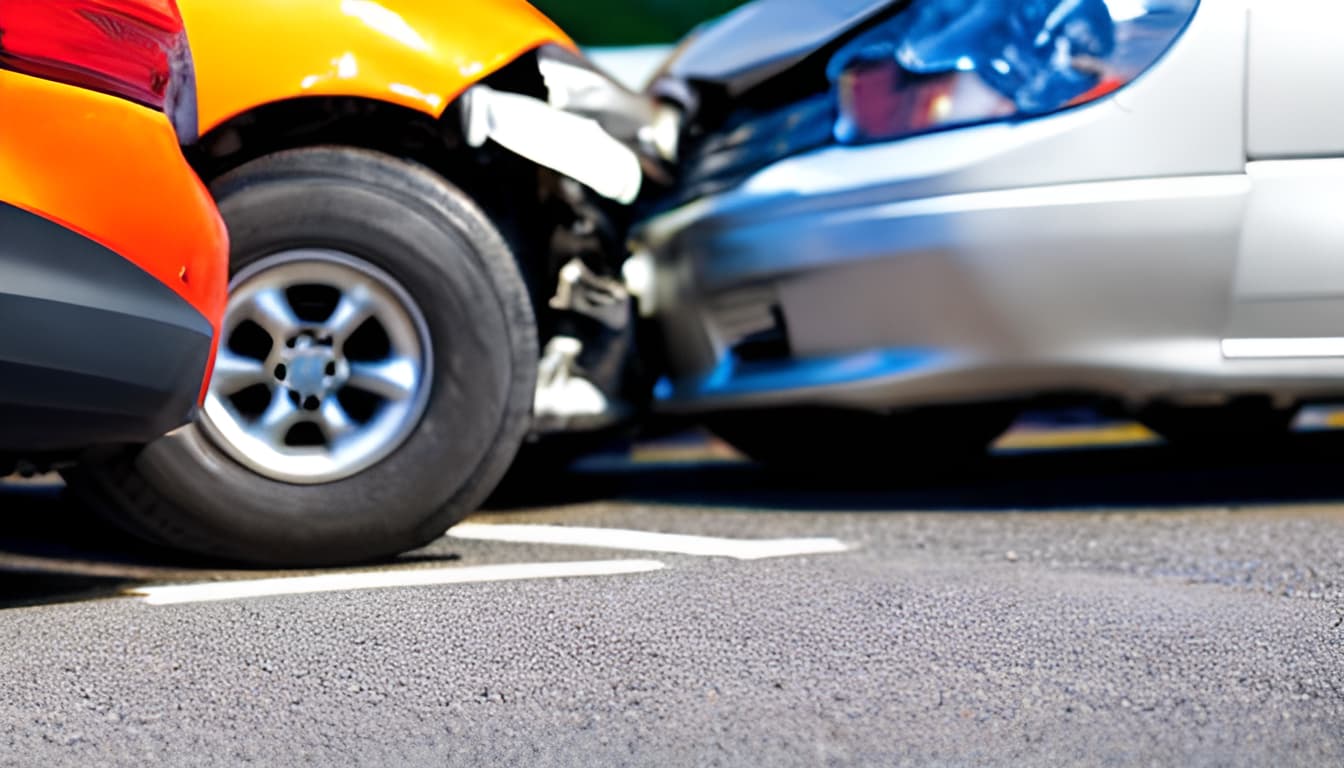Intersection Safety: Strategies for Avoiding T-Bone and Rear-End Collisions

Intersections are crucial points on our roadways where different lanes converge, and vehicles frequently cross paths. However, they are also high-risk areas for accidents. Two of the most common types of accidents that occur at intersections are T-bone (or side-impact) collisions and rear-end collisions. These accidents can result in severe injuries, property damage, and legal complexities, often requiring the expertise of auto accident law firms. In this comprehensive guide, we will delve deeper into strategies for avoiding T-bone and rear-end collisions and the vital role played by legal professionals when these accidents happen.
Understanding T-Bone Collisions
T-bone collisions, aptly named due to their resemblance to the letter “T,” occur when the front of one vehicle crashes into the side of another vehicle at a perpendicular angle. These accidents frequently transpire at intersections when one driver fails to yield the right-of-way, disregards a stop sign, or runs a red light. T-bone collisions are notorious for resulting in severe injuries due to the limited protection provided by a vehicle’s side doors.
Avoiding T-Bone Collisions
Obey Traffic Signals and Signs: It cannot be stressed enough always adhere to traffic signals, stop signs, and yield signs at intersections. Coming to a complete stop when required is fundamental to safety.
Yield Right-of-Way: Be vigilant about yielding the right-of-way when necessary, especially when making left turns. The failure to yield is a common cause of T-bone accidents.
Check Blind Spots: Before proceeding through an intersection, check your blind spots for approaching vehicles, particularly those that might be running red lights or disregarding stop signs.
Reduce Speed: Approach intersections at a reasonable speed, allowing you to react quickly to unexpected situations. Speeding increases the likelihood of accidents.
Stay Focused: Avoid distractions while driving, such as texting, using a mobile device, adjusting the radio, or engaging in other activities that take your attention away from the road. Focused driving can prevent T-bone collisions.
Understanding Rear-End Collisions
Rear-end collisions happen when one vehicle crashes into the back of another vehicle. These accidents frequently occur at intersections when drivers fail to stop or slow down in time to avoid colliding with the vehicle in front of them. Common causes of rear-end collisions include distracted driving, tailgating, or sudden stops by the leading vehicle. Although rear-end collisions are typically less severe than T-bone collisions, they can still result in injuries and property damage.
Avoiding Rear-End Collisions
Maintain a Safe Following Distance: Keeping a safe distance from the vehicle in front of you is crucial. This distance allows you ample time to react to sudden stops.
Anticipate Traffic Flow: Pay attention to the flow of traffic, and be prepared for stop-and-go situations at intersections, especially during heavy traffic.
Avoid Tailgating: Resist the urge to tailgate the vehicle in front of you. Maintain a distance that allows you to brake safely in response to unexpected stops.
Minimize Distractions: Stay focused on the road, especially when approaching intersections. Distractions can cause delayed reactions and increase the risk of rear-end collisions.
Brake Smoothly: When stopping at an intersection, brake smoothly and progressively to give the driver behind you ample warning of your deceleration.
The Role of Auto Accident Law Firms
Despite your best efforts to prevent accidents, T-bone and rear-end collisions can still occur due to the negligence of other drivers. In such cases, seeking legal assistance from auto accident law firms is crucial. Here’s why:
1. Determining Liability:
Auto accident law firms play a pivotal role in determining liability for the collision. They investigate the circumstances surrounding the accident and gather evidence to prove that the other driver’s negligence caused the collision.
2. Collecting Evidence:
These firms are skilled at collecting and analyzing evidence, including witness statements, accident reports, traffic camera footage, and expert testimonies. This evidence is crucial in building a strong case.
3. Maximizing Compensation:
Auto accident law firms work diligently to ensure that you receive maximum compensation for your losses. This compensation may include medical expenses, property damage, lost wages, and pain and suffering.
4. Negotiating with Insurance Companies:
Experienced law firms negotiate with insurance companies on your behalf, ensuring that you receive a fair settlement. They are skilled in dealing with insurance adjusters who may try to minimize your claim.
5. Litigation Representation:
If negotiations fail to yield a fair outcome, auto accident law firms are prepared to take your case to court. They advocate for your rights before a judge and jury, presenting your case persuasively.
Conclusion
T-bone and rear-end collisions at intersections are not only physically damaging but can also lead to complex legal battles. By following the safety strategies outlined in this guide, you can significantly reduce your risk of being involved in such accidents. However, accidents can still occur due to the negligence of others.
In such cases, seeking legal assistance from experienced auto accident law firms becomes essential. These firms can help you navigate the legal complexities, establish liability, and seek the compensation you rightfully deserve. Remember that your safety on the road and your legal rights are of utmost importance.
Stay vigilant, drive defensively, and remember that auto accident law firms are here to protect your interests when the unexpected happens at intersections.
With their expertise, you can focus on your recovery while they pursue justice and fair compensation on your behalf. Whether it’s a T-bone or rear-end collision, having a skilled auto accident law firm in your corner can make all the difference in your journey toward recovery and resolution.
